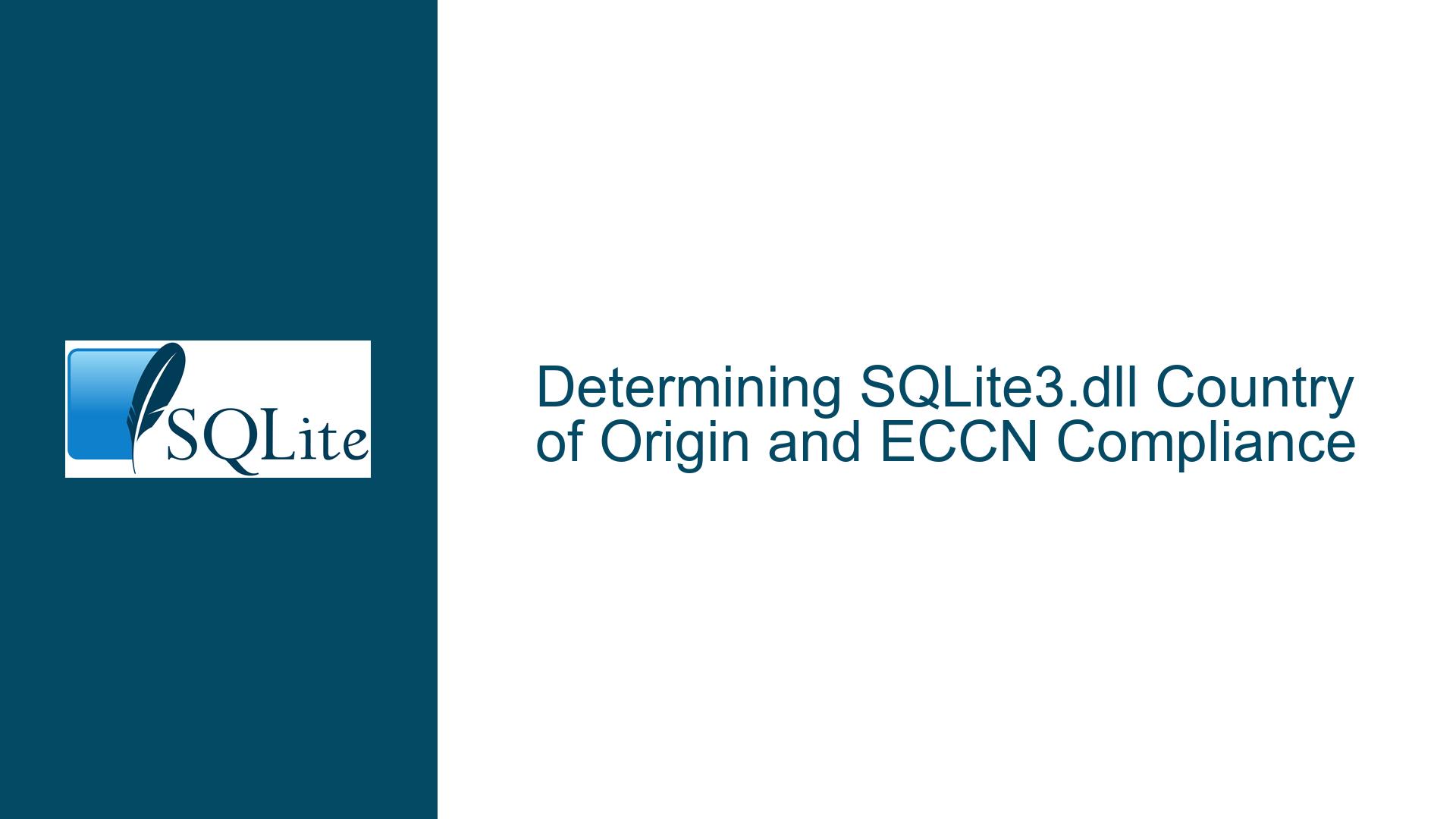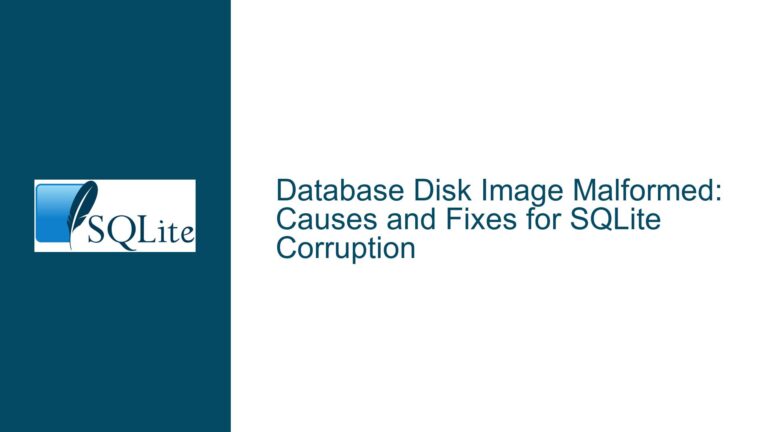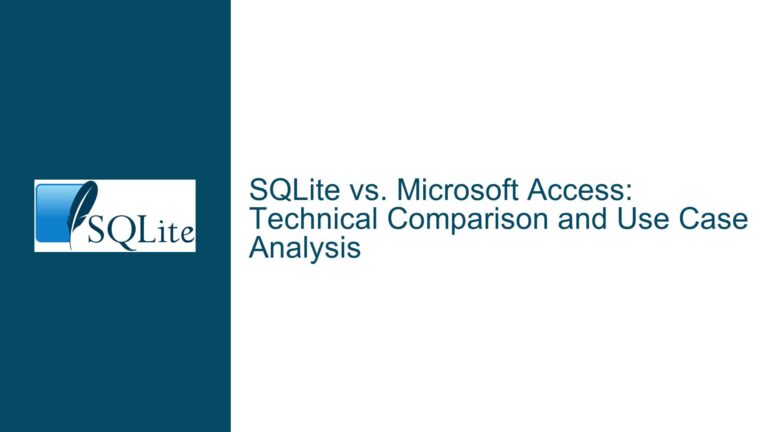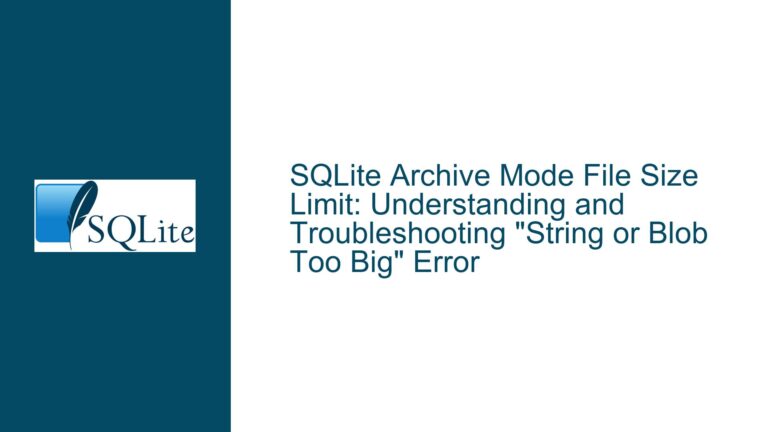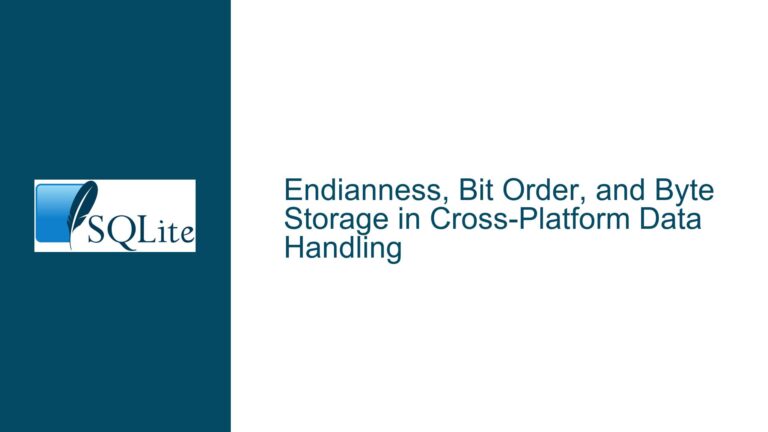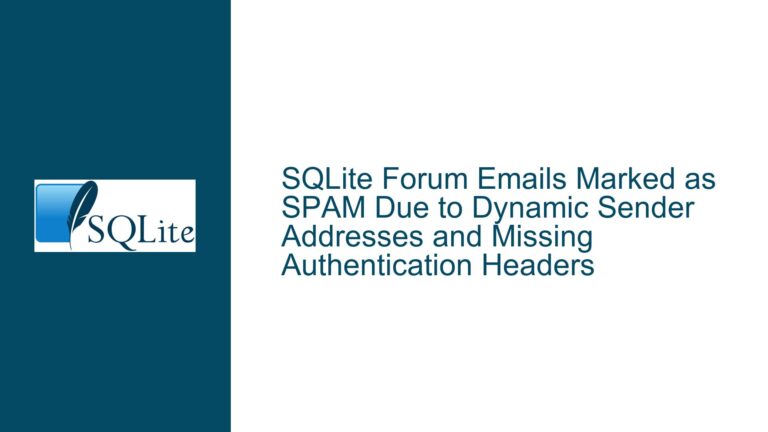Determining SQLite3.dll Country of Origin and ECCN Compliance
Resolving Legal Compliance for SQLite3.dll Distribution
Understanding the Legal Requirements for SQLite3.dll Distribution
The core issue revolves around determining two critical pieces of information required for legal compliance when distributing the sqlite3.dll file:
- Country of Origin: The jurisdiction where the specific
sqlite3.dllbinary was compiled or "built," which may impact import/export regulations, tariffs, or intellectual property laws. - Export Control Classification Number (ECCN): A code used to identify items subject to export control regulations under the U.S. Commerce Control List (CCL).
These requirements stem from international trade laws, which vary significantly across jurisdictions. For example, India, the United States, and the European Union each have distinct definitions for "country of origin" and thresholds for export controls. The challenge arises because SQLite is open-source software maintained by a globally distributed team, and binaries like sqlite3.dll can be compiled by anyone, anywhere. This creates ambiguity in legal interpretations, especially when the binary is downloaded from the official SQLite website but built on servers whose physical locations are not explicitly documented.
Factors Contributing to Ambiguity in Country of Origin and ECCN Classification
1. Jurisdictional Variances in Defining "Country of Origin"
The term "country of origin" lacks a universal legal definition. For instance:
- U.S. Customs and Border Protection (CBP) defines it as the country where an article was "wholly obtained, produced, or manufactured." If components originate from multiple countries, the origin is where the "last substantial transformation" occurred.
- European Union (EU) regulations emphasize the "economic nationality" of goods, often tied to the location of the majority of value-adding processes.
- India’s Customs Act (Section 2) defines origin based on where the product was "produced or manufactured," with specific rules for goods involving multiple countries.
For software, these definitions clash with realities of open-source development:
- Compilation Location: If a user downloads SQLite source code and compiles
sqlite3.dlllocally, the "origin" could be their own country (e.g., India). - Precompiled Binaries: If the binary is downloaded from
sqlite.org, its origin depends on where the SQLite team compiled it. However, SQLite’s build process is automated and distributed across contributors in the U.S., Australia, and Southeast Asia.
2. Decentralized Development and Build Infrastructure
SQLite is maintained by a multinational team:
- Primary developers are based in the U.S., Australia, and Southeast Asia.
- The official website (
sqlite.org) is hosted on servers in the United States. - Build artifacts (like precompiled DLLs) may be generated on servers in the U.S. or other jurisdictions, but this is not explicitly documented.
This decentralization means there is no single "country of origin" for all SQLite binaries. For example:
- A
sqlite3.dllcompiled by a developer in the U.S. and uploaded tosqlite.orgwould have a U.S. origin. - A user in India compiling the same source code locally creates an Indian-origin binary.
3. Export Control Classification Nuances
The ECCN for SQLite is explicitly addressed in FAQ #27, which states that SQLite is classified as EAR99 (Export Administration Regulations). EAR99 items are subject to the U.S. Department of Commerce’s jurisdiction but generally do not require a license for export unless destined for embargoed countries, restricted end-users, or prohibited end-uses.
However, complications arise when:
- Local laws impose additional restrictions (e.g., India’s DGFT regulations).
- The binary is modified or bundled with other software that alters its ECCN.
Step-by-Step Compliance Verification and Mitigation Strategies
1. Verifying the Country of Origin for Precompiled Binaries
If the sqlite3.dll was downloaded directly from sqlite.org:
- Contact the SQLite Development Team: Submit a formal inquiry via the SQLite forum or email to confirm the build environment details (e.g., server location, compilation jurisdiction). Historical precedent suggests most official binaries are built in the U.S.
- Inspect Metadata: Use tools like
strings, binary analysis utilities, or timestamps to infer build details. For example:strings sqlite3.dll | grep "Built"While not definitive, this may reveal clues about the build environment.
- Assume U.S. Origin: In the absence of explicit documentation, the safest assumption is that binaries from
sqlite.orgoriginate from the U.S., given the website’s hosting location and the primary developers’ residency.
If the binary was obtained from a third party:
- Request a Software Bill of Materials (SBOM) or build provenance documentation.
- Recompile from source to establish a clear origin (see below).
2. Eliminating Ambiguity via Source Compilation
To ensure compliance with India’s "country of origin" rules:
Compile SQLite Locally: Follow the official guide to build
sqlite3.dllfrom source in India:# Download source amalgamation wget https://sqlite.org/2022/sqlite-amalgamation-3370200.zip unzip sqlite-amalgamation-3370200.zip cd sqlite-amalgamation-3370200 # Compile using Microsoft Visual Studio (example) cl -DSQLITE_API=__declspec(dllexport) shell.c sqlite3.c -link -dll -out:sqlite3.dllThis ensures the binary’s origin is India, as the "last substantial transformation" (compilation) occurs there.
Document the Build Process: Maintain records of the build environment (e.g., server IPs, timestamps, compiler versions) to demonstrate due diligence.
3. Legal Consultation and Regulatory Alignment
- Engage Trade Compliance Experts: Laws like India’s Foreign Trade Policy or the U.S. EAR require specialized interpretation. For example, India’s DGFT may prioritize the "substantial transformation" standard, making locally compiled binaries compliant regardless of the source code’s origin.
- Review End-Use Cases: If the application using
sqlite3.dllis exported, confirm whether the ECCN (EAR99) and origin designation satisfy the destination country’s import rules.
4. ECCN Confirmation and Documentation
Reference SQLite’s FAQ #27: Publicly cite the FAQ to demonstrate that SQLite is EAR99. Example compliance documentation:
"Per SQLite’s official documentation (https://sqlite.org/faq.html#q27), the SQLite library is classified as EAR99 under U.S. export control regulations. This classification applies to all unmodified SQLite source code and binaries."
Monitor for Updates: Subscribe to SQLite’s security advisories or changelogs to detect changes in ECCN status (though this is unlikely given SQLite’s stable design).
By systematically addressing jurisdictional ambiguities, leveraging local compilation, and aligning with documented export controls, organizations can mitigate compliance risks while using SQLite in their software distributions.
